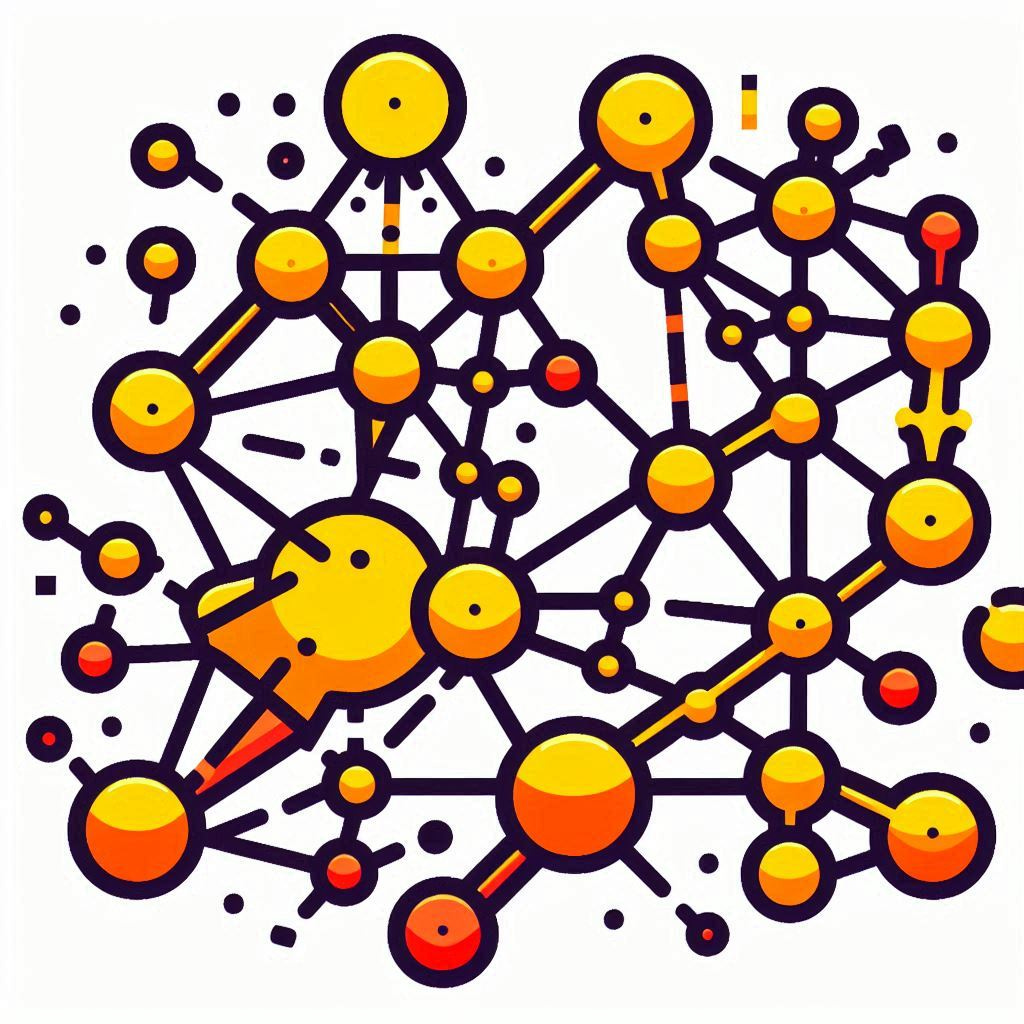Representing Graphs
Algorithmically Speaking - #5: A visual introduction to how we represent graphs in a computer program.
Hello there!
Today we will be diving into one of the most common ways of representing data and modeling problems (and solutions) in Computer Science. We will be talking about Graphs.
This is the third of a series of posts introducing graph theory in a very visual way.
Now that we know some basic definitions of graph theory, it is time to see how graphs can be represented in a program. We will explore the most common representations and analyze their pros and cons.
Take a look at the previous posts of this series if you think you need some more background before diving into the content that will be exposed in this article:
Algorithmically Speaking - #3: Nodes, Edges, and Connectivity
Algorithmically Speaking - #4: Neighbors, Degrees, and Colorings
At the end of the post, you will find some algorithmic challenges so you can try and apply some of the topics that I will explain today. Feel free to skip to that part if you think you already have the necessary skills to solve them.
Let’s begin!



